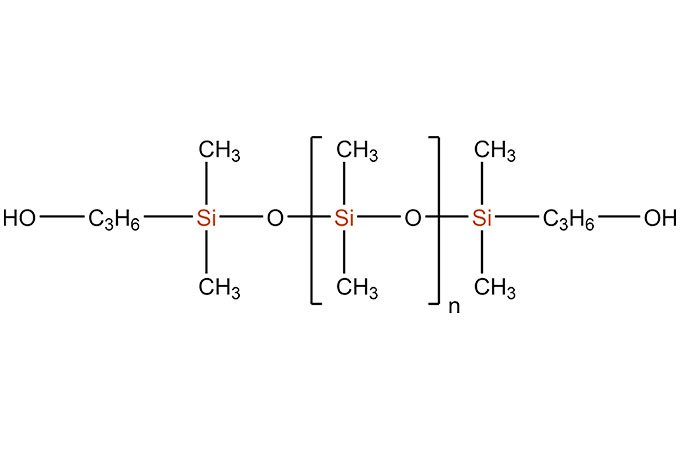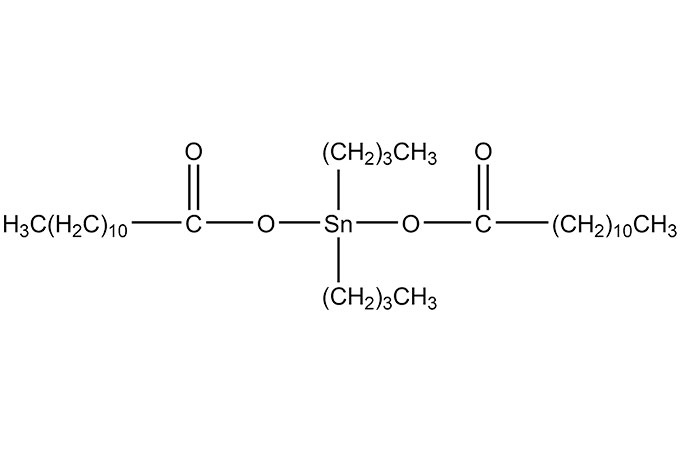1. Hydrolysis of silane coupling agent
Silane coupling agent is more difficult to hydrolyze in water without additives, and the hydrolysis cycle is very long. When the silane coupling agent is hydrolyzed, it will be accompanied by a side reaction of polycondensation, and the polycondensation product will precipitate at the bottom of the aqueous solution, which will affect the effect of the product.
2. Hydrolysis method of silane coupling agent
First of all, both weakly acidic and weakly alkaline aqueous solutions can promote the hydrolysis of the silane coupling agent. Some silane coupling agents with acidic or basic groups are relatively easy to be hydrolyzed, because their own Y group will affect the pH value of the aqueous solution, making the silane coupling agent easier to hydrolyze.
Silanes whose own groups have a weaker effect on the pH of the aqueous solution can be adjusted by adding acetic acid, ammonia and other substances to adjust the pH of the aqueous solution to make the silane coupling agent easier to hydrolyze.
Secondly, when the silane coupling agent is hydrolyzed, a certain amount of methanol, ethanol, and other solvents that can be arbitrarily miscible with water are produced. This is determined by the X group in the silane structure. If the solvent generated during the hydrolysis of the silane coupling agent is added to the aqueous solution in advance, the silane coupling agent can be more fully dispersed in the aqueous solution and the hydrolyzed solution will be more fully dispersed. Stablize.
If a small amount of ethanol is added to the aqueous solution before hydrolysis of the vinyl silane PC6120, the oil-bead-shaped silane coupling agent is more miscible with the aqueous solution, and it is not easy to polycondensate and precipitate. In addition, when the silane coupling agent is hydrolyzed, sufficient stirring is required to allow the silane coupling agent to contact water more fully. This can reduce the polycondensation reaction between the silane coupling agent molecules due to contact, otherwise it will be difficult to hydrolyze once the polycondensation.
 English
English 日本語
日本語 한국어
한국어 français
français Deutsch
Deutsch Español
Español italiano
italiano русский
русский português
português العربية
العربية tiếng việt
tiếng việt

